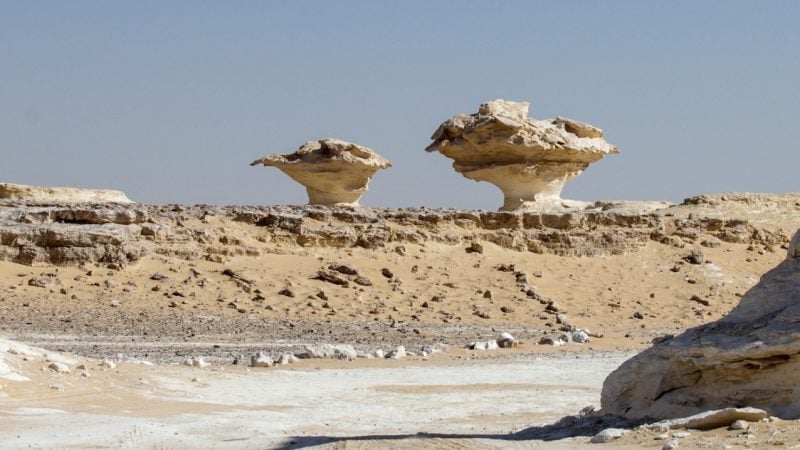Delve into the groundbreaking discoveries surrounding the construction of the Great Sphinx of Giza. Explore the fascinating revelations unveiled by New York University scientists, shedding light on the role of natural forces in shaping this iconic ancient structure.
Introduction:
For centuries, the enigmatic allure of the Great Sphinx of Giza has captured the fascination of historians and archaeologists worldwide. While extensive research has been dedicated to deciphering its mysteries, a pivotal question has often been overlooked: What were the natural forces at play during the construction of this ancient marvel, and how did they contribute to its formation? Recent breakthroughs by a team of scientists from New York University have shed light on the intricate processes that led to the creation of this timeless masterpiece, offering a remarkable insight into the forces that shaped the iconic Sphinx of Giza.

-
Unveiling the Wind's Influence: Recreating the Ancient Terrain
Through meticulous research and experimentation, a group of researchers at New York University's Courant Institute for Mathematical Sciences embarked on a journey to recreate the conditions that prevailed 4,500 years ago during the construction of the Great Sphinx. By replicating the environmental factors and wind patterns that characterized the ancient Egyptian landscape, the team sought to unravel the intricate relationship between natural elements and the formation of this monumental structure.
-
Erosion as an Origin Story: Exploring the Formation Process
Leif Ristroph, the senior author of the study, emphasized the significance of erosion in shaping the Sphinx-like formations. By closely studying the phenomenon of yardangs – peculiar rock formations sculpted by wind-driven sand in desert environments – the team revealed the potential origins of the Great Sphinx. Their experiments illuminated how the interplay between wind and the rock formations could have catalyzed the initial emergence of the iconic Sphinx shape, serving as a pivotal cornerstone in the structure's historical narrative.
-
Unraveling the Mechanisms: Insights from Applied Mathematics
The research conducted at NYU's Applied Mathematics Laboratory shed light on the intricate processes underlying the transformation of soft clay formations into the distinct features synonymous with the Great Sphinx. By subjecting the clay mounds to simulated wind flow through a fast-moving water stream, the scientists simulated the erosive forces of the ancient winds, ultimately elucidating the evolution of the Sphinx-like structure. Their findings underscored the complex interplay between the varying composition of materials and the sculpting influence of natural forces, highlighting the non-uniform nature of rock formations and their susceptibility to environmental stimuli.
-
Significance for Geological Studies: Implications for Future Research

In addition to unraveling the mysteries surrounding the Great Sphinx, the research holds significant implications for the field of geology. By emphasizing the non-homogeneous nature of rock compositions and their susceptibility to the forces of erosion, the study opens up new avenues for geological exploration and understanding. These insights offer a deeper comprehension of the intricate mechanisms that contribute to the formation of geological marvels, thereby paving the way for enhanced research in the realm of natural sculpting processes.
As the discoveries continue to unveil the hidden secrets of ancient wonders, the revelations from the New York University research serve as a testament to the perpetual quest for unraveling the mysteries of our past, underscoring the intricate relationship between natural forces and the timeless legacies that continue to intrigue and inspire generations.

Comments